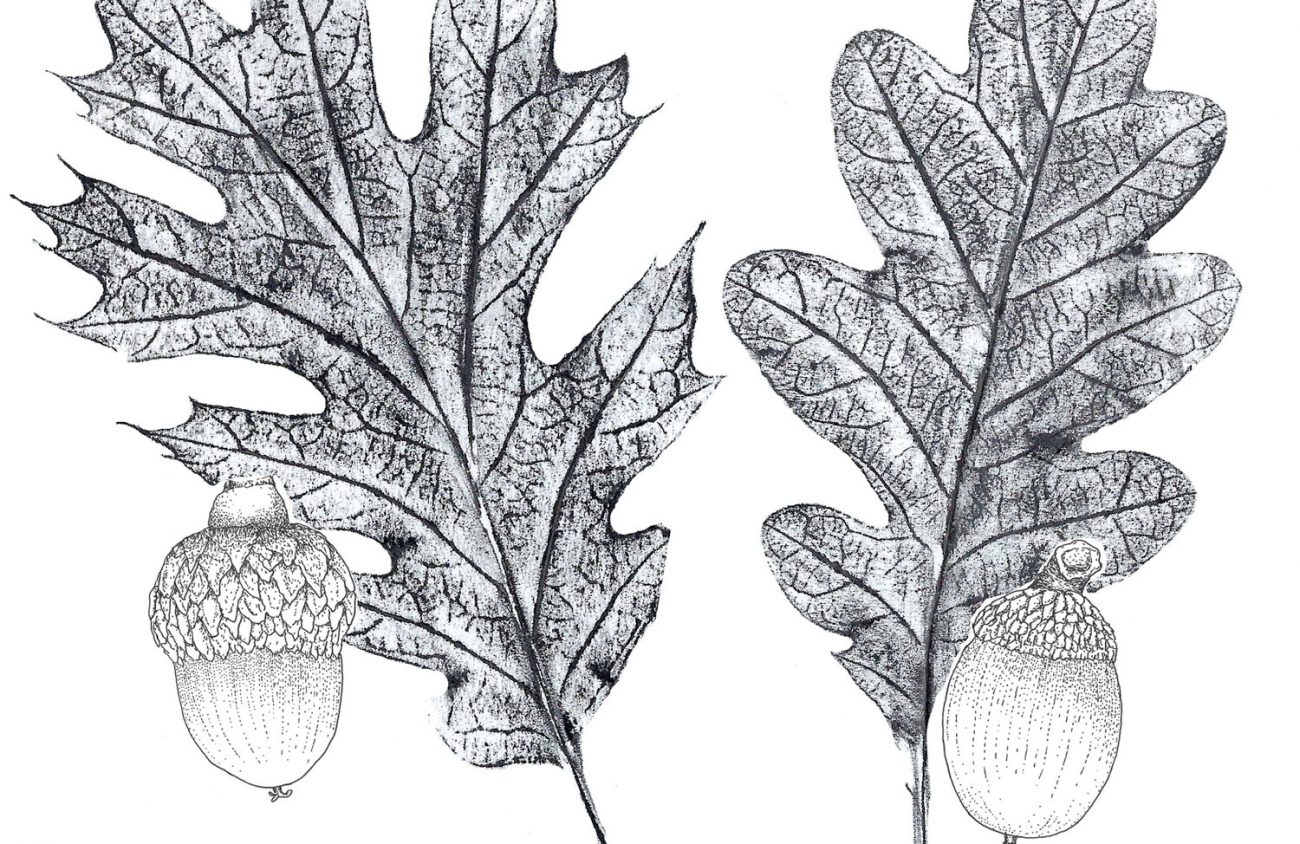The rainy season has swept in at last, bringing happiness to the mosses and ferns that grow on the branches of the deciduous trees. It has been so warm, however, with only a few frosts and a single freezing night, that leaf drop has been significantly delayed. It also made for some deep color in their leaves with gold and golden-browns that have been both unusual and quite spectacular. Last month’s observation that leaf color wouldn’t be a rich golden-yellow turned out to be off base.
There was a two-stage development of the licorice ferns that I have never noticed before. A brief rainstorm early in October was followed by a continuation of the drought. That rain triggered the licorice ferns to start uncurling their fronds as usual. Then, the extended dry period caused them to fail to thrive and shrivel up instead. Only with the rains that came in November did the licorice fern flush start over and establish the fronds that will produce spores in late winter.
Last month’s column completed 10 full years of writing EW columns. I hope it will keep bringing folks closer to nature and fighting for broader engagement in the struggle for environmental protection. We need to work harder on getting leaders to accept the reality of climate change and act on it.
The nature calendar that spawned the column is ready. Get the 2019 Oregon Nature Calendar (in its 39th year!) at Down to Earth in Eugene or contact me through my web site.
David Wagner is a botanist who works in Eugene. He teaches moss classes, leads nature walks and makes nature calendars. He can be contacted through his website, fernzenmosses.com.
